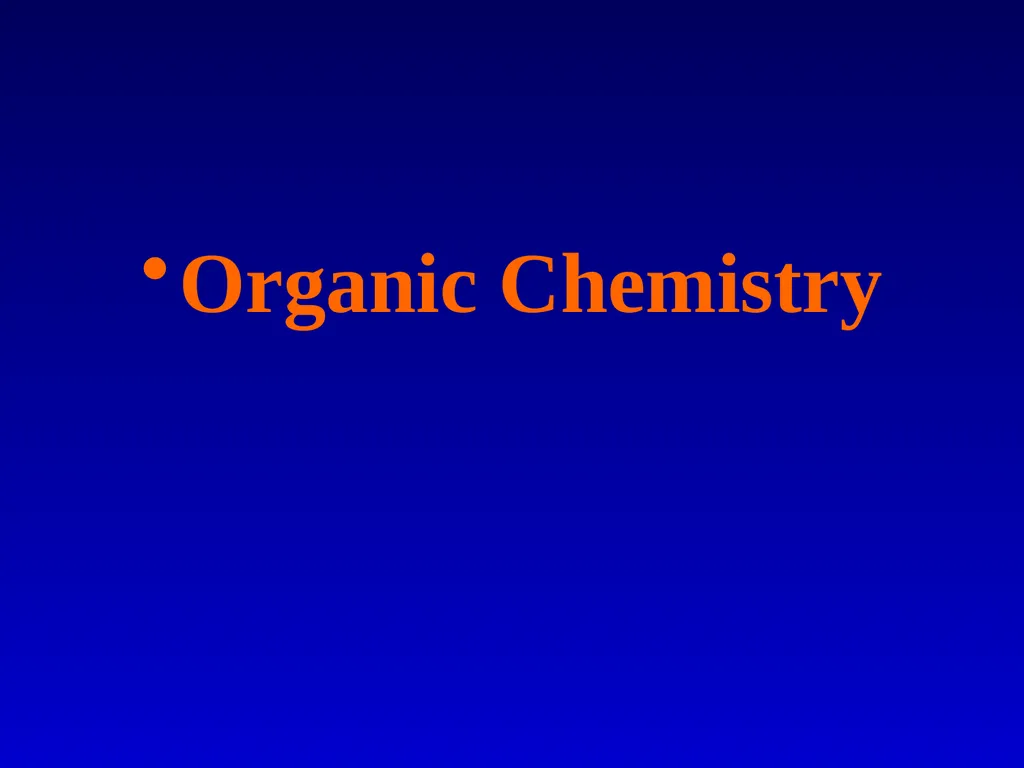
Organic Chemistry Refinery and tank storage
Author: debby-jeon | Published: 2025-08-16
Description: Organic Chemistry Refinery and tank storage facilities, like this one in Texas, are needed to change the hydrocarbons of crude oil to many different petroleum products. The classes and properties of hydrocarbons form one topic of study in
Download Presentation
Download the PPT/PDF: Download
Transcript:
Loading transcript…